The tropical tour starts from Kunming in Yunnan, through Mojiang County and Ning’er County in Pu’er, to Jinghong and Menghai in Xishuangbanna. In Pu’er and Xishuangbanna you can appreciate the gorgeous tropical, subtropical primeval forest landscape, and experience Dai, Jino, Wa and other rich ethnic customs.The tropical tour starts from Kunming in Yunnan, through Mojiang County and Ning’er County in Pu’er, to Jinghong and Menghai in Xishuangbanna. In Pu’er and Xishuangbanna you can appreciate the gorgeous tropical, subtropical primeval forest landscape, and experience Dai, Jino, Wa and other rich ethnic customs.
Recommended Itinerary
Day 1: Kunming
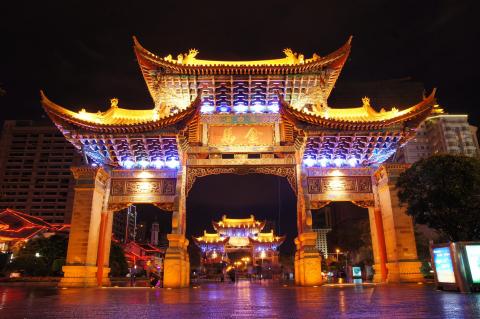
Golden Horse Green Rooster Gate: It is located at the junction of Sanshi Street and Jinbi Road in the centre of Kunming, 12 metres high, 18 metres wide, richly and exquisitely decorated. Built in the Xuande Period of the Ming Dynasty, with a history of nearly 400 years, it is now a symbol of Kunming.
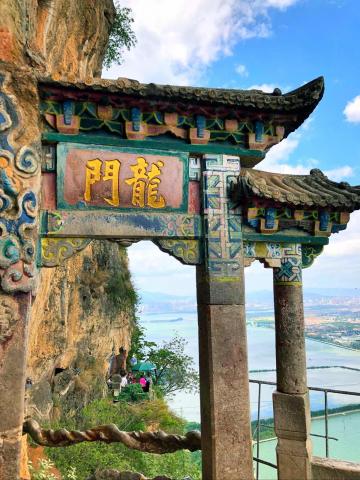
Xishan Mountains: Xishan Mountains is composed of Huating Temple, Taihua Mountain, Luohan Mountain, etc. It stretches more than 40 km at the elevation between 1,900-2,350 metres. With lush forest and blooming flowers, Xishan Mountains are quiet and beautiful, and have got the reputation of "the first wonderland in central Yunnan" since ancient times.
Day 2: Kunming-Mojiang-Pu’er
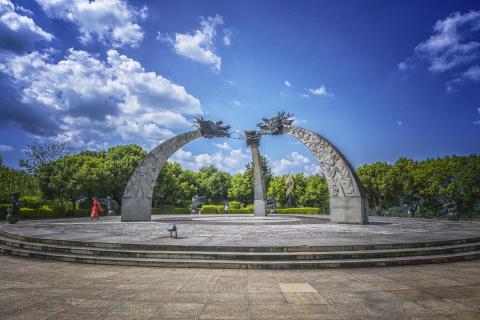
Mojiang Tropic of Cancer Symbol Park: It gets its name from the Tropic of Cancer passing through here. The Symbol Park integrates astronomy, geography, botanical and science popularisation knowledge, garden art, travelling culture as a whole, attracting many visitors.
Pu’er National Park:
Pu’er National Park - Rhino Lawn Scenic Area, located in the central north of Pu’er National Park, is 38 km southeast from Simao District of Pu’er City, 21 km from the Nandaohe exit and entry of the Simao-Xiaomengyang Highway.
Invested by Mekong River Tourism Co., Ltd. in August 2011 and completed in August 2013.
The scenic area is located in a tropical and subtropical transition area, with a forest coverage up to 94.5%, and preserves China's largest and most complete south subtropical monsoon evergreen broad-leaved forest.
Its altitude is 1,708 meters at the highest and 1,530 meters at its lowest level. Its climate is controlled by the Indian Ocean wind, with obvious south subtropical climate characteristics, including a large temperature difference in daytime, and small temperature differences in annual averages. The air negative oxygen ion content is very high. The climate is often pleasant with no cold winter and no hot summer.
Day 3: Pu’er-Jinghong
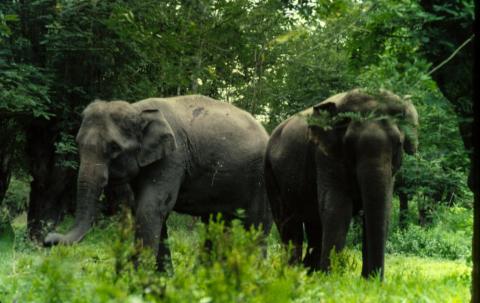
Wild Elephant Valley: Located in Xishuangbanna National Nature Reserve, "UNESCO Man and Biosphere Reserve", 22 km away from Jinghong.
It is a national park themed as a home of Asian elephant protection, via the sky-high elephant watching boardwalk, rainforest sightseeing ropeway, Asian Elephant Museum and many other tours.
Visitors can safely observe wild Asian elephants and their living conditions without disturbing their daily lives. The boardwalk place where you can get close to elephants, which is known as the "bridge connecting humans and Asian elephants".
Primitive Forest Park: The closest primitive forest park from Jinghong. Xishuangbanna Primitive Forest, is constructed in the 16.7 square kilometre tropical rainforest with a forest cover rate over 90% in the park. It is a large natural oxygen bar.
Jinuo Stockade Village: Bapo Stockade Village of Jinuo Township in the north-east of Jinghong is located in Jinuo Mountain in the rounding ridges, green grass and is surrounded by mountains. This is the Xishuangbanna Jinuo Traditional Cultural Reserve, and the only scenic area themed as Jinuo culture in the country.
Day 4: Xishuangbanna
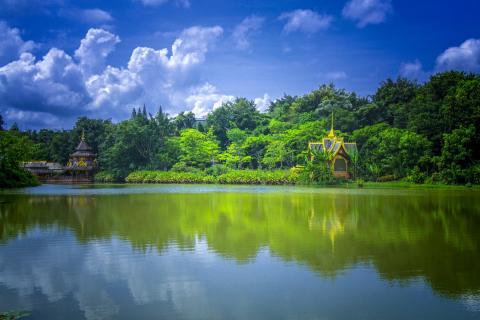
Manting Park: the predecessor of Manting Park is the Imperial Garden for Dai King, which is one of the important carriers of Dai's cultural history and religious beliefs. It is located at No. 35, Manting Road, Jinghong downtown, seat of Xishuangbanna Prefecture, and has a history of more than 1300 years.
In 1982, the park was rebuilt on the ruins of the imperial garden and the reconstruction was jointly funded by the National Ministry of Construction, the Yunnan provincial government and Xishuangbanna prefectural government. In April 1985, it was officially opened to visitors. After more than 30 years of operation and development, Manting Park was built into a national 4A-level scenic area combined with history, religion and folk culture of Dai people in Xishuangbanna.
Tropical Flower Garden: National 4A-level scenic area, national science popularisation education base, national patriotic education demonstration base and Yunnan Province tropical crop germplasm resources nursery.
In 1996, the Flower Garden, the former Tropical Crop Specimen Garden under the Tropical Crop Science Institute of Yunnan Province, hired Yunnan Provincial Urban and Rural Planning and Design Institute to take charge of overall planning and design with the principle of a "garden appearance with scientific research content", within an area of 120 hectares, that is 1.2 square kilometer.
At present, the open scenic spots include: Leaf Garden, Premier Zhou Monument, Tropical Palms Zone, Five-Tree Six-Flower Garden, Egg Garden, Tropical Fruit Germplasm Garden and Waterfront Flower Area.
The garden provides popular science tourism as the core goal, and introduces tropical flowers, tropical fruits, medicinal plants, national plants and others to visitors.
Day 5: Xishuangbanna
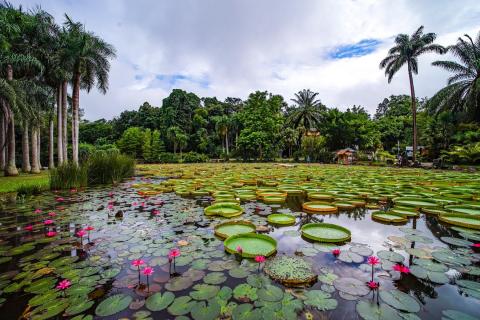
Xishuangbanna Tropical Plant Park of Chinese Academy of Sciences: Located in Huludao, Menglun Town, Mengla County, it is China's largest botanic garden.
It collects the richest species and owns the largest array of plant-specific gardens. It is also a comprehensive research institution and scenic spot, with the combination of scientific research, species conservation and science education.

